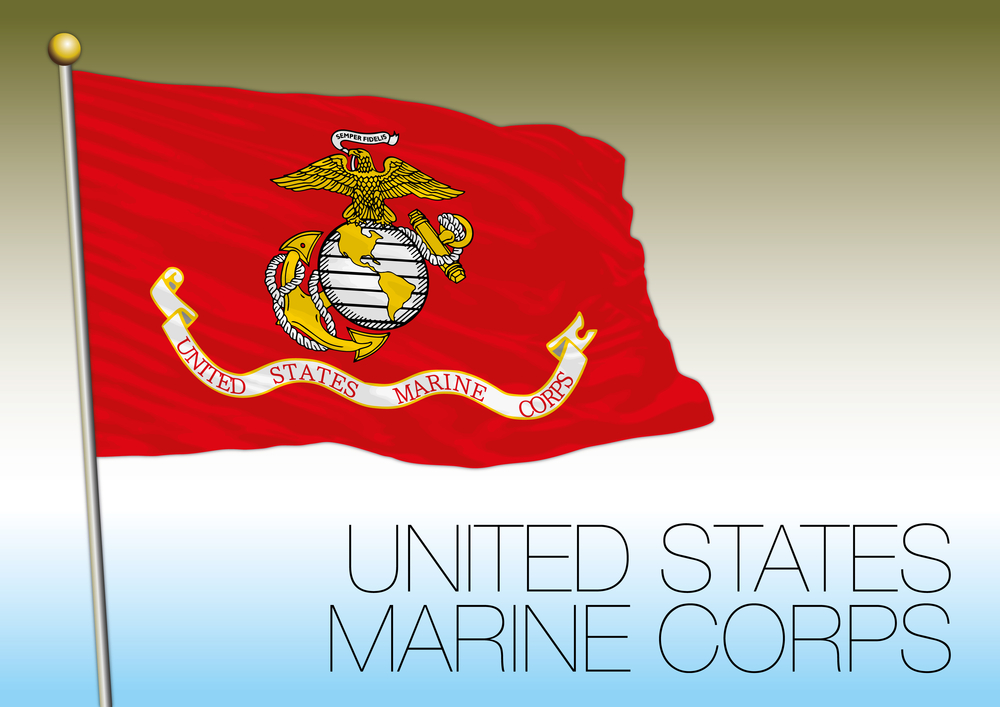
In the first week of March, the United States Marine Corps announced a four-phase testing strategy for its stern-landing vessel. Known also as SLV, the stern-landing vessel provides offshore support for various Marine Corps operations. This technical prototype will assist in gathering and processing data related to Landing Ship Medium program requirements. It should also help establish new tools for future Marines operations in the Pacific region.
Hornbeck Offshore Services built the ship and will lease it to the US Marine Corps, allowing them to make necessary modifications. For example, the Corps will add a large ramp, landing legs, propellor and rudder protection, and a reinforced deck to recreate the kinds of capabilities they believe will be required in its Landing Ship Medium program. Of course, they could also make more modifications as operations require.
The Landing Ship Medium, of course, is an existing craft that can beach itself. This feature makes it easier to unload vehicles and supplies since they can roll directly onshore from the ocean. By introducing the SLV, operations like this could become even more efficient.
According to Lt. Col. Tim Smith, the military branch will begin accepting deliveries for the first leased vessel later this month. Head of the science and technology at the logistics combat element branch of the Marine Corps Warfighting Lab, Smith confirms this will commence phase one of the testing process.
This initial phase will take about 12 weeks. Over that time, the Marine Corps will focus primarily on fundamental performance. Specifically, they will observe how often they need to use the various features like the jacking legs and the ramp. They will also analyze how it handles the different beaches they could encounter. Phase one will also help establish a process for leasing additional SLV units. Currently, the Marine Corps budget allows for a total of three, though, Smith says, they don’t plan to test new models until at least 2024.
When they determine the vessels are safe, the Corps will send them to the warfighting lab’s experiment division, in California, for phase two. From there, they will continue to expand exercises further into the U.S. Indo-Paficif Command theatre.
